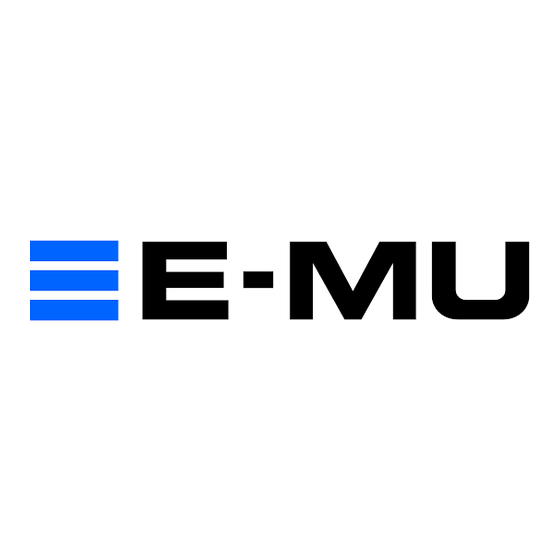

E-Mu 1616 PCI Owner's Manual
Digital audio system
Hide thumbs
Also See for 1616 PCI:
- Owner's manual (123 pages) ,
- Manual (73 pages) ,
- Quick start manual (108 pages)
Table of Contents
Advertisement
Advertisement
Table of Contents







Need help?
Do you have a question about the 1616 PCI and is the answer not in the manual?
Questions and answers